By G. Paul Garson
It was Napoleon Bonaparte who purportedly said, “An army travels on its stomach.” Toward the goal of feeding his particular army’s stomach more efficiently, in 1795 the French general came up with an interesting solution to the problem. He sponsored a contest with a cash prize offered to the first successful demonstration of a means to safely preserve food and thus make it portable. It took 14 years for the prize to find a recipient; in 1809, Nicolas Appert, a French chef, invented a food canning process using glass jars. In the usual game of European one-upmanship, only a year later the British raised the bar by developing the metal can. However it took another 76 years for someone to figure out a purpose-designed can opener. World War I German soldiers used a hammer and chisel and various sharp or blunt instruments to open their steel cans, but by 1925 the modern serrated-wheel can opener came into use—just in time for World War II and for the Germans and French to go at it again. But in WWII, German rations needed to provide an efficient and nutritious way of feeding troops, as well as the civilian workforce back home, and rations could mean the difference between winning and losing a battle or a war. (Get a personal guide through every defining moment in history, from Napoleon to D-Day, with Military Heritage magazine.)
To that end, German scientists, including agronomists and nutritionists, were marshaled to devise a plan of food production in step with the Third Reich’s ambitions to conquer Europe and eventually turn the East into one large farmland for Greater Germany.
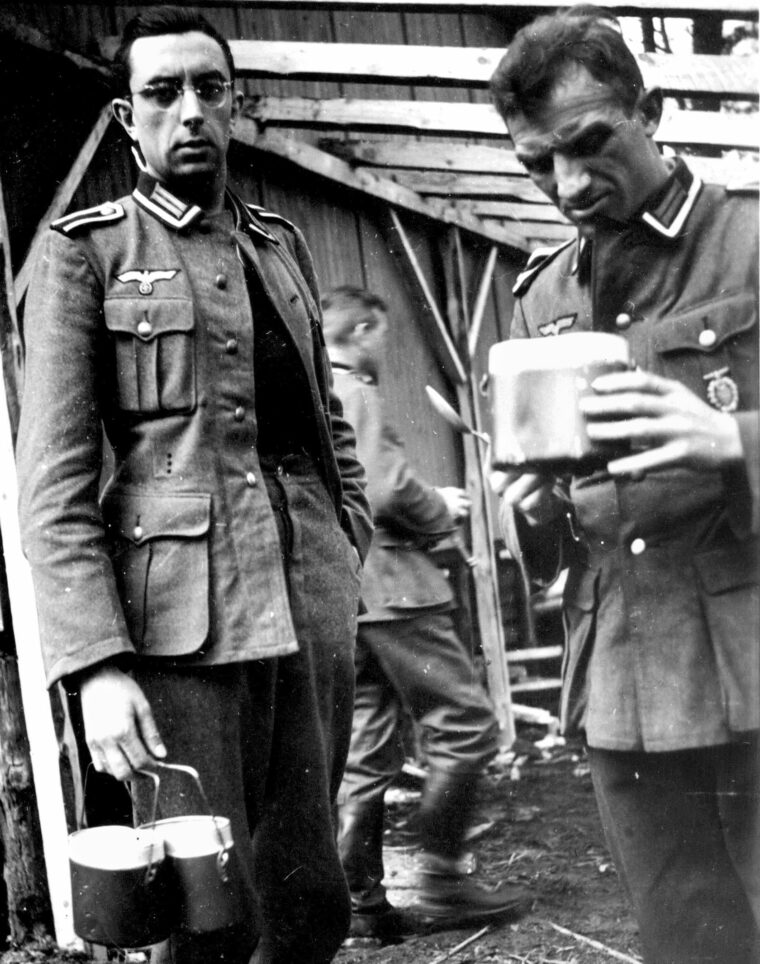
Food Ministers of the Reich
Initially, the individual entrusted with affecting the far-reaching programs was Richard-Walther Darre, a German born in Argentina in 1895, educated both in Germany and at King’s College in England, and who then served as an artillery officer in World War I. As a certified agronomist, a fervent exponent of the “blood and soil” Nazi ideology, and also an early friend of SS chief Heinrich Himmler, Darre found himself well placed for advancement.
Much of his appeal had to do with his books espousing his claims that Nordic (i.e., German) peoples had been the founding fathers of European culture, specifically the German peasant-farmer. Darre, himself a pig farmer, found himself in like-minded company with Himmler, an ex-chicken farmer. In 1933, the inaugural year of the Third Reich, he was appointed both the National Farmers’ Leader (Reichsbauernführer) and the Minister for Food and Agriculture. He also penned a volume about pigs in ancient folklore and other works expressing his racist viewpoints and the means to ensure racial health.
However, Darre’s incompetence relative to organizing the German food supply caused him to fall out of favor with Hitler, and he was replaced in 1942 by the more pragmatic Herbert Backe, who kept the post as Reich Food Minister until the end of the war. His main focus was organizing foodstuffs for the war against the Soviet Union, which included feeding Germany’s military.
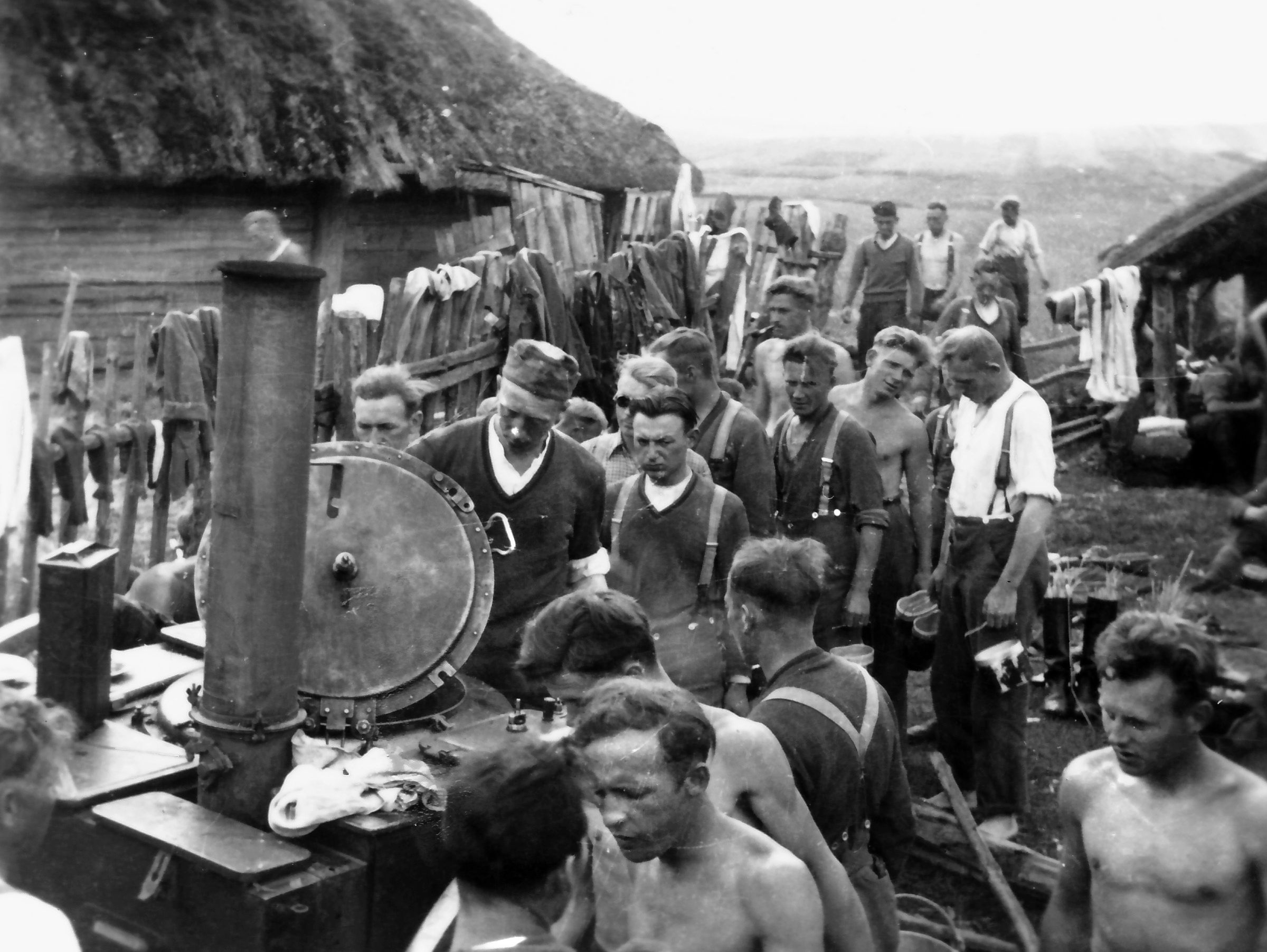
Combat Rations of the German Military
On the whole, the regular German Army foot soldier (Landser) received scientifically designed, high-calorie/protein rations. Typically, each soldier carried a daily supply of the so-called Halbieserne or “Iron Ration” that contained one 300-gram tin of meat and one 125- or 150-gram unit of hard bread. The canned meat could be Schmalzfleisch (a pork product), Rinderbraten (roast beef), Truthahnbraten (turkey), or Hahnchenfleisch (chicken). In addition, there was canned Fleischkonserve, its contents generically, and thus ambiguously, labeled “canned meat,” which allowed for a number of interpretations.
Another longstanding staple of the German Army’s menu of portable food items was the Erbswurst, a nourishing soup compressed into a pellet, packaged six to a ration. A pellet was crushed and dropped into a half pint of boiling water. One minute later and the instant soup was ready to eat. Condensed canned tomato soup was also available as a substitute when a field kitchen was not available, soldiers often adding half a can of water and half a can of milk to maximize its flavor. The milk also came condensed in cans.
Elite troops received food “perks” as in the case of Kampfpackung fur Fallschirmjäger or “Combat Rations for Paratroops,” one item consisting of real canned cheese, but these were issued only prior to a combat mission. The special kit also contained two cans of ham chunks, one bar of ersatz high-energy food, and Milchkaffee (powdered milk and instant coffee), as well as Knäckebrot and candy drops.
The SS had their exclusive version of German rations, the cans treated to a special extreme climate coating and painted in a rust-preventing yellow/brown lacquer. Standard German rations for SS units in the field consisted of a four-day supply: about 25 ounces of Graubrot (gray rye bread); 6-10 ounces of Fleisch (canned meat) or Wurst (canned sausage); some five ounces of vegetables; a half ounce of butter, margarine, jam, or hazelnut paste; either real or ersatz coffee; five grams of sugar; and, oddly enough, six cigarettes, despite the SS leadership’s antismoking stance, the rationale being that cigarettes served the troops under combat stress as a “nerve tonic.” There were also other special SS supplements, one example being canned Leberwurst, a quality liver spread.
The Third Reich’s antismoking initiatives, part of the general public health campaign that included protocols about alcohol and exposure to workplace contaminants, was prompted by research conducted in 1939 by German scientist Franz H. Muller, who published the world’s first epidemiological, case-control study showing a link between tobacco smoking and lung cancer. The various health programs sought to reduce lost time and expense due to illness, to help produce fit and healthy workers and soldiers and to “preserve the racial health of the Volk.”
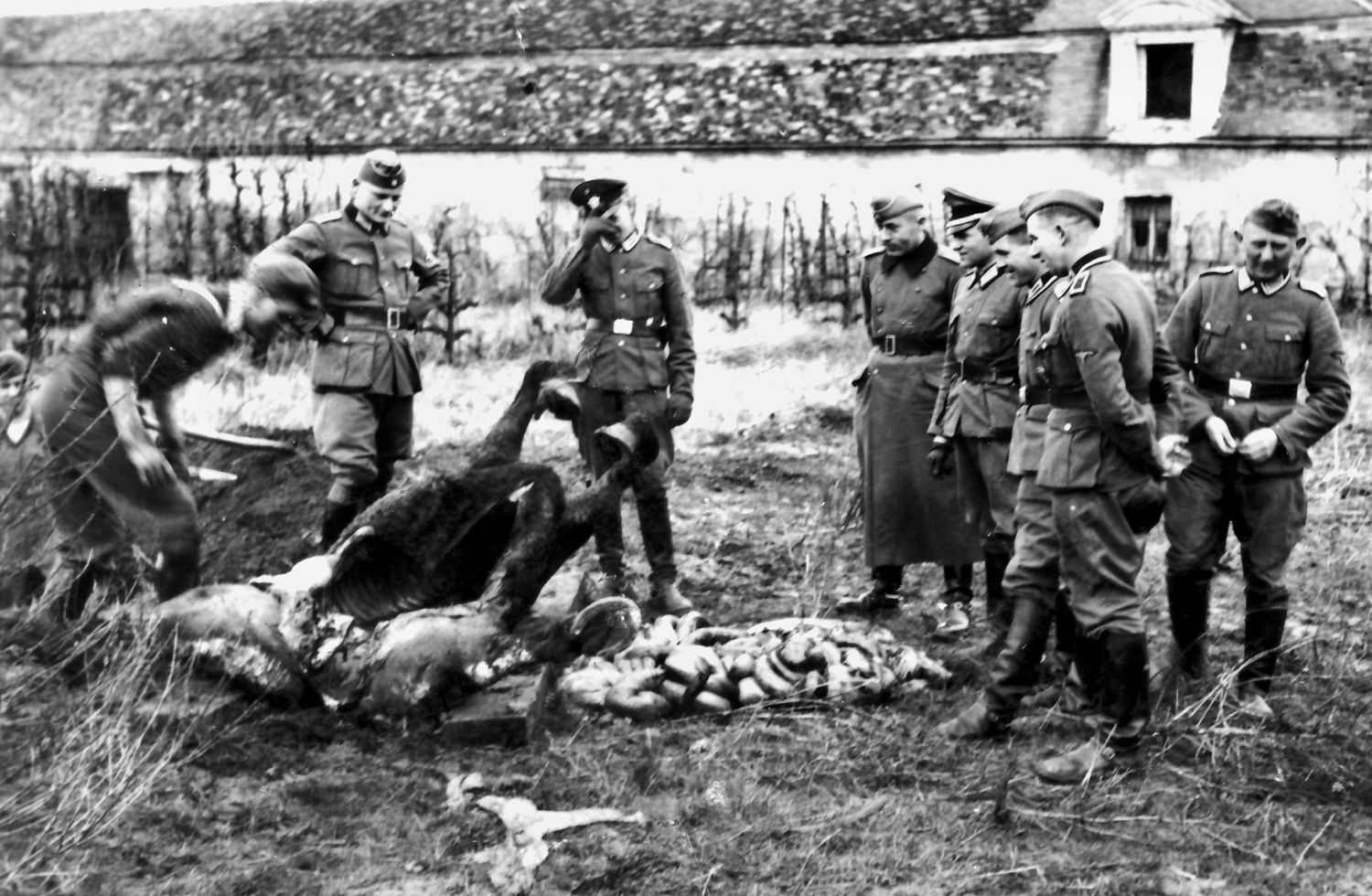
The Height of Germany’s Agricultural Economy
The Reichs Labor Service (Reichsarbeitdienst), or RAD, was a compulsory paramilitary organization established by law in June 1934 whereby 19- to 25-year-olds, male and female, worked in the fields with farmers or performed other labor for a period of six months within a strictly disciplined program in which they drilled as soldiers but carried spades. With it, Hitler solved Germany’s massive unemployment problems, provided cheap labor, and indoctrinated the young. Through RAD, he was able to sidestep the restrictions of the post-World War I Versailles Treaty that sought to limit German military expansion and a means to transition Third Reich youth into a military mold for later incorporation into the Wehrmacht, Kriegsmarine, Luftwaffe, and SS.
During the early years of Hitler’s regime, indicative of an improved economy, beer consumption in an already high-beer-consuming country increased by 25 percent. Wine consumption, particularly after the conquest of France, doubled while champagne sales increased fourfold.
Soldiers were allowed to ship home parcels from their posts in occupied territories, which prompted an avalanche of items sent from France, Holland, Belgium, Greece, the Balkans, and Norway. By early 1942, German families were receiving a cornucopia of foodstuffs, including fresh fruits, whole hams, and even lard, butter, and chickens—not to mention non- food items such as silk stockings, perfumes, shoes, and quality soaps—all of which contrived to fuel a healthy black market in Germany.
Soldiers serving alongside their Italian allies occasionally sampled their fare, including what they called Mussolini-Kartoffeln or “Mussolini potatoes,” the German term for macaroni and spaghetti.
Sweet treats of one kind or another were much prized, and some even served a medicinal purpose. Soldiers returning from an especially taxing duty or action, for example, were eligible to receive Zusatzverpflegung für Frontkämpfer or “Supplemental Rations for Frontline Soldiers.” Packaged in a pink bag, they included individually wrapped pieces of fruit candy. In addition, a soldier’s nutritional allotment included Kandiezucter, a rock candy issued as a sugar ration.
Another sweet, the lemon-flavored Zitronentropfen, helped frontline troops deal with severe weather conditions, and were also handed out at aid stations to wounded troops. Another popular treat was the mint candy Vivil found in Army ration packs as well as Luftwaffe in-flight and survival packs. Vivil, because of its relative mildness, was preferred over other, stronger mint candies when something was needed to camouflage the scent of alcohol. Luftwaffe personnel also received Waffelgebuck, a 100-gram chocolate wafer bar, often a popular subject of trade with other Wehrmacht branches.
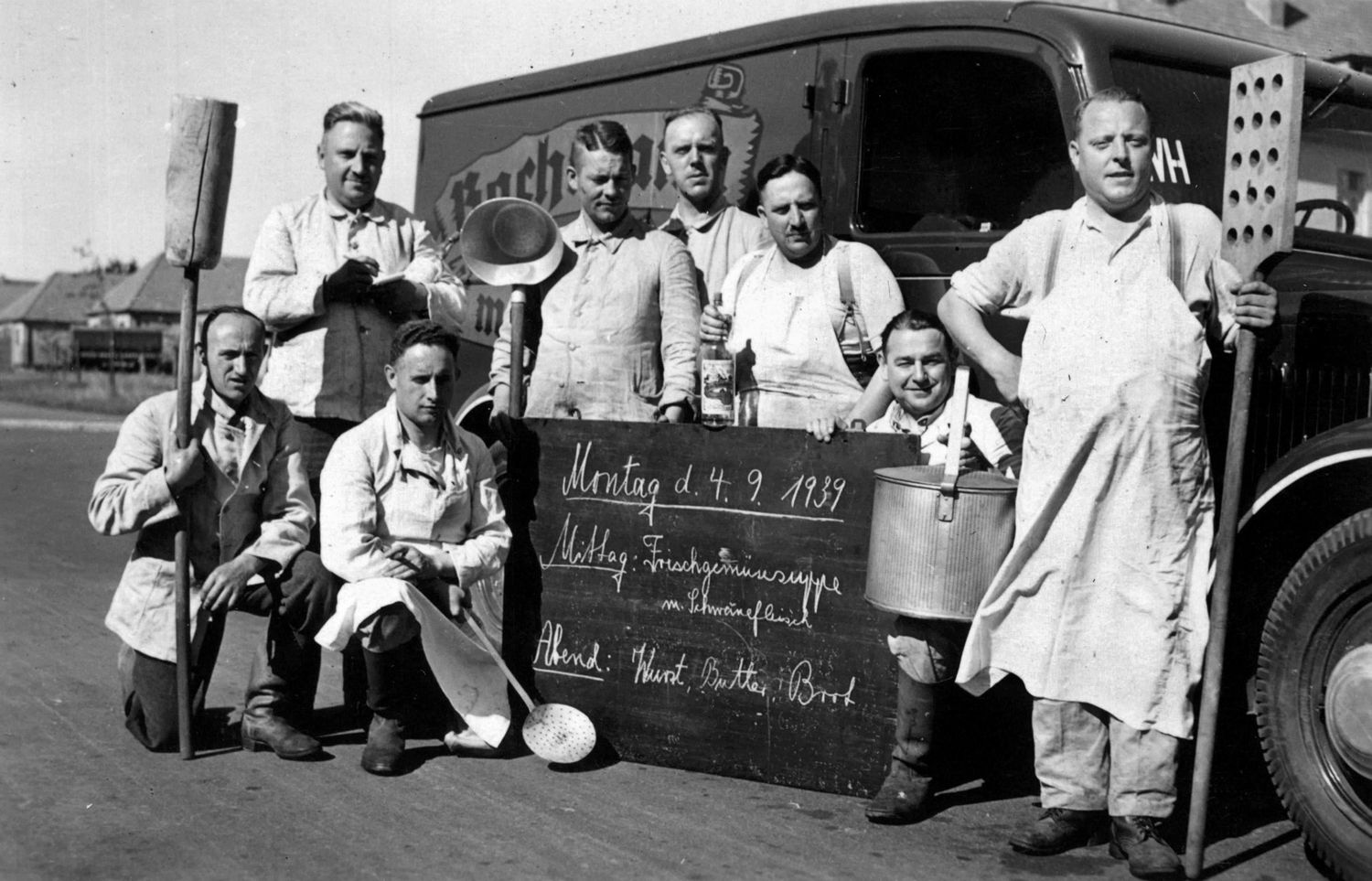
German Rations Feeding the Homefront
Because the Nazi regime feared that negative home morale would undermine the war effort (as it did in World War I), they took special effort to see that wartime rations were the highest in Europe. The lands conquered by the German military machine were stripped of their foodstuffs, not only to feed German citizens, but as part of an overall plan to promote widespread starvation among the subjugated peoples in order to “depopulate” the Slavic lands and make room for German Lebensraum and new Aryan landowners. The plan envisioned by the German Ministry of Agriculture in 1940 projected the death of some 30,000,000 Russian civilians. Toward that goal, by early 1942 some 3,000,000 Soviet POWs had died, most by starvation. Hundreds of thousands more of all nationalities would slowly starve to death in concentration and slave labor camps across Europe.
In the latter stages of the war, as German home front food supplies were both rationed and in increasingly short supply, various “fillers” were added for substance (if not nutrition) to loaves of bread, while ersatz coffees were made from chicory as well as from roasted and ground acorns, beechnuts, barley, and even chickpeas and oats.
Most lacked any caffeine and thus any real benefit to soldiers running on few calories and less sleep. Civilians found their allotments of sugar and meats doled out by the ounce. As a result, many kept Daschschwein or “roof pigs”—the term describing cats raised as food, often in rooftop cages.
As a side note, in September 2009 the German government overturned Nazi-era treason convictions, clearing the charges made against its citizens and soldiers who had been convicted of “harming the nation,” which included black marketeers.
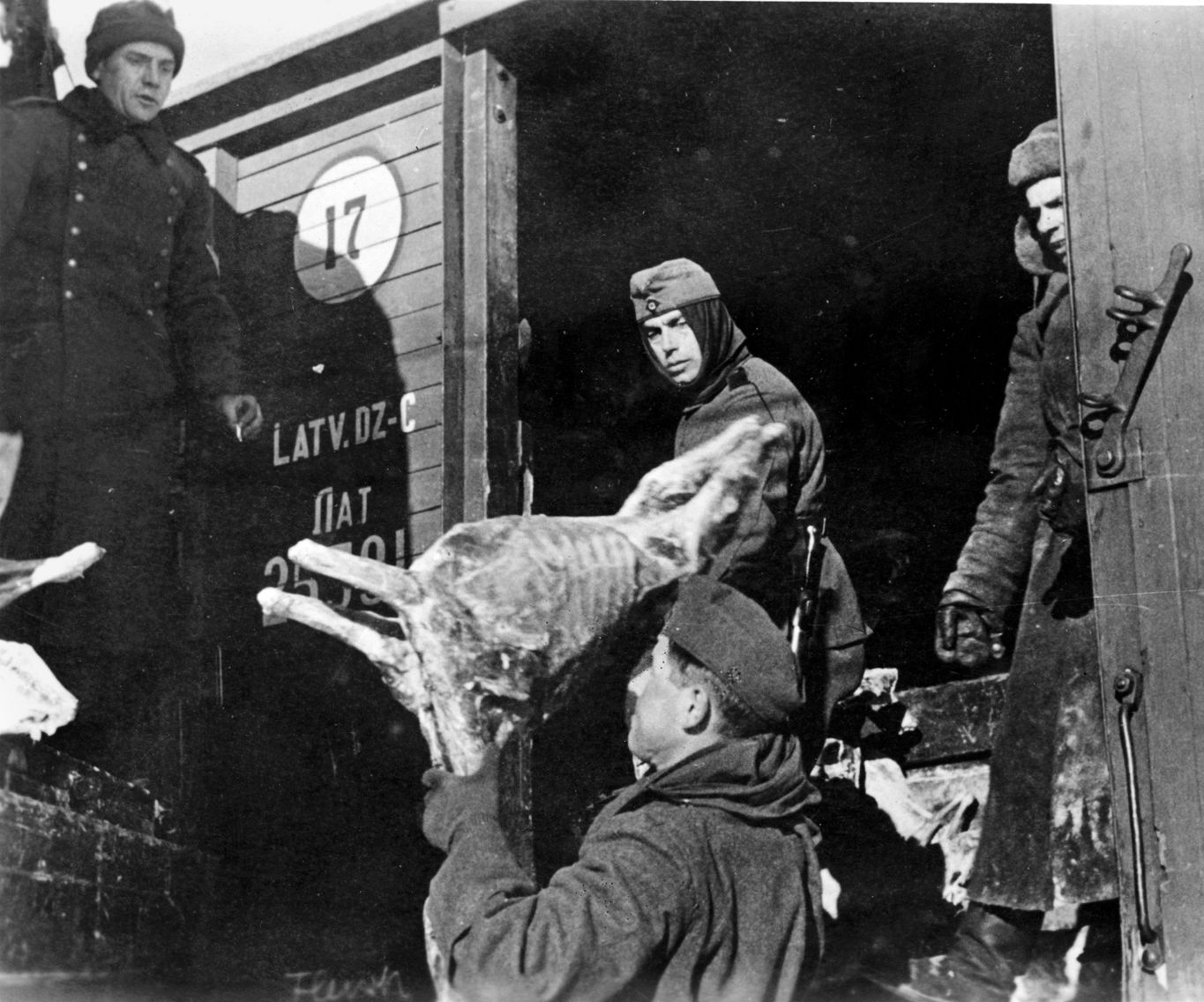
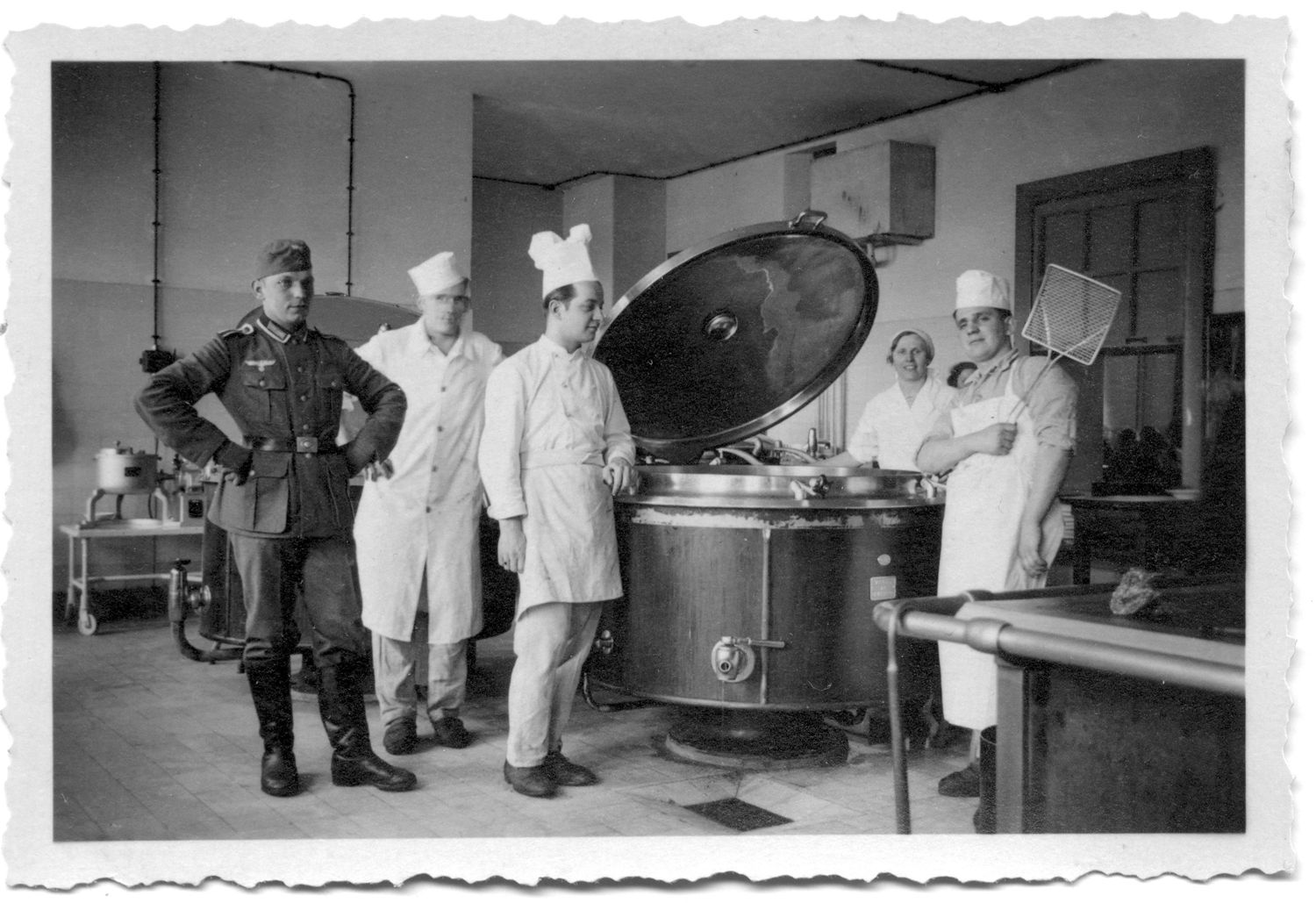
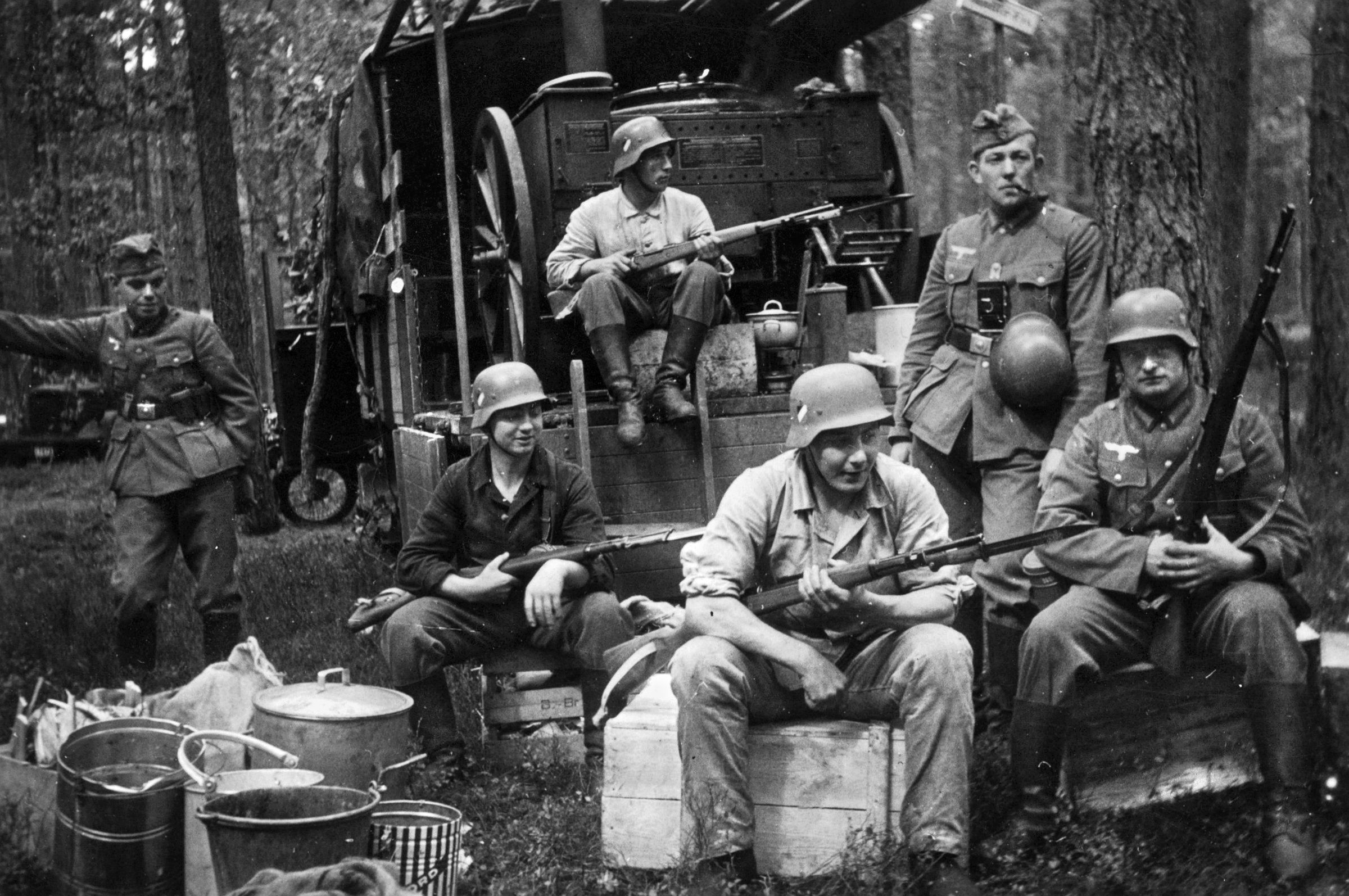
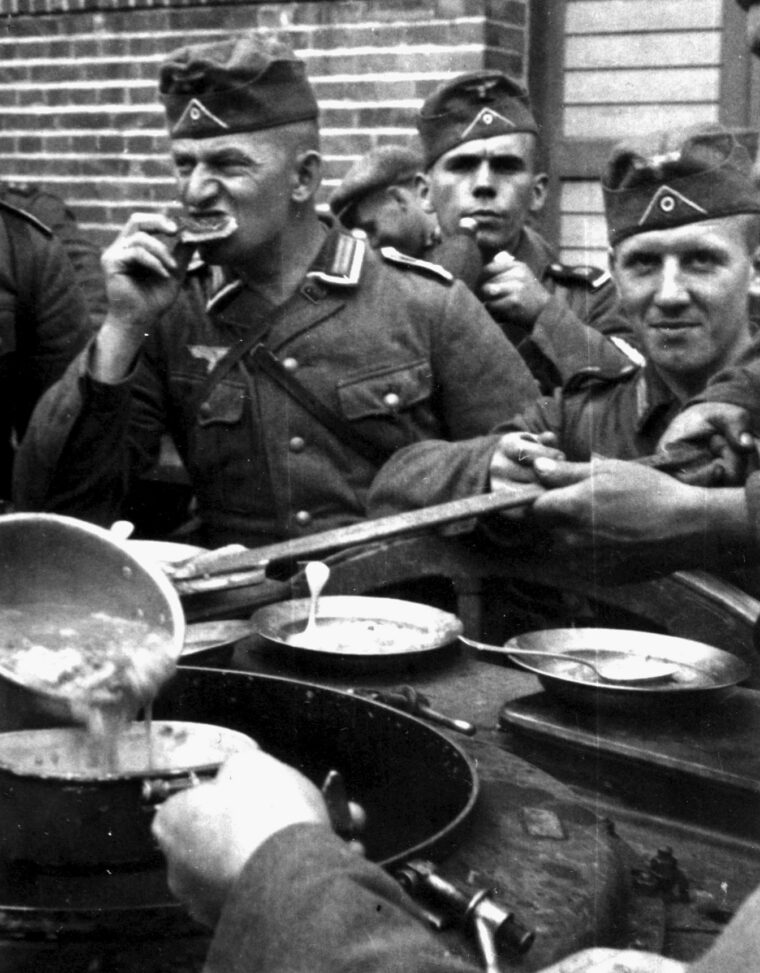
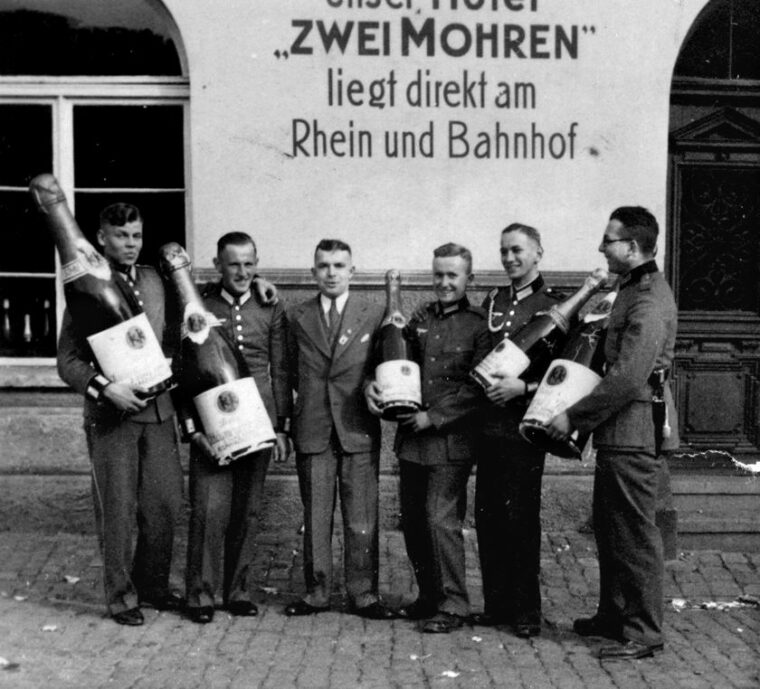
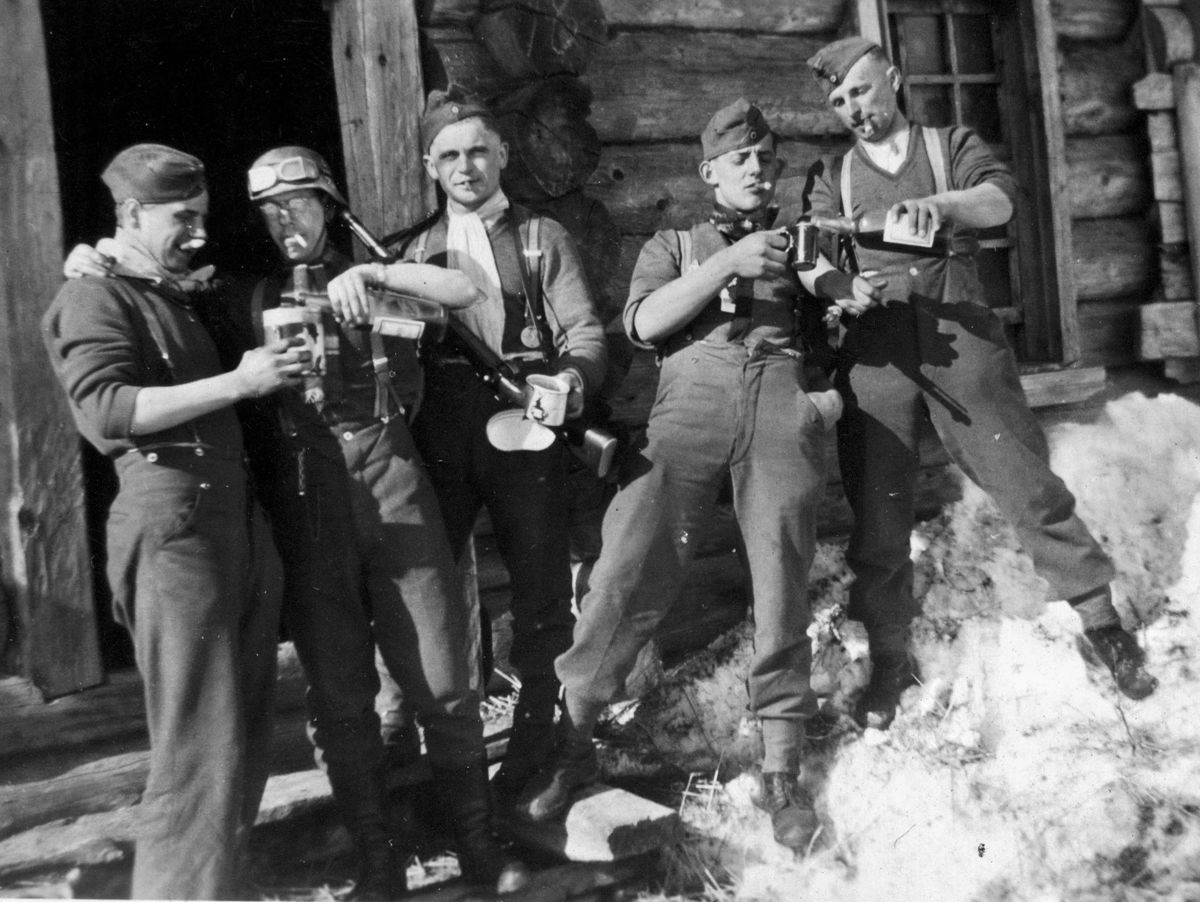
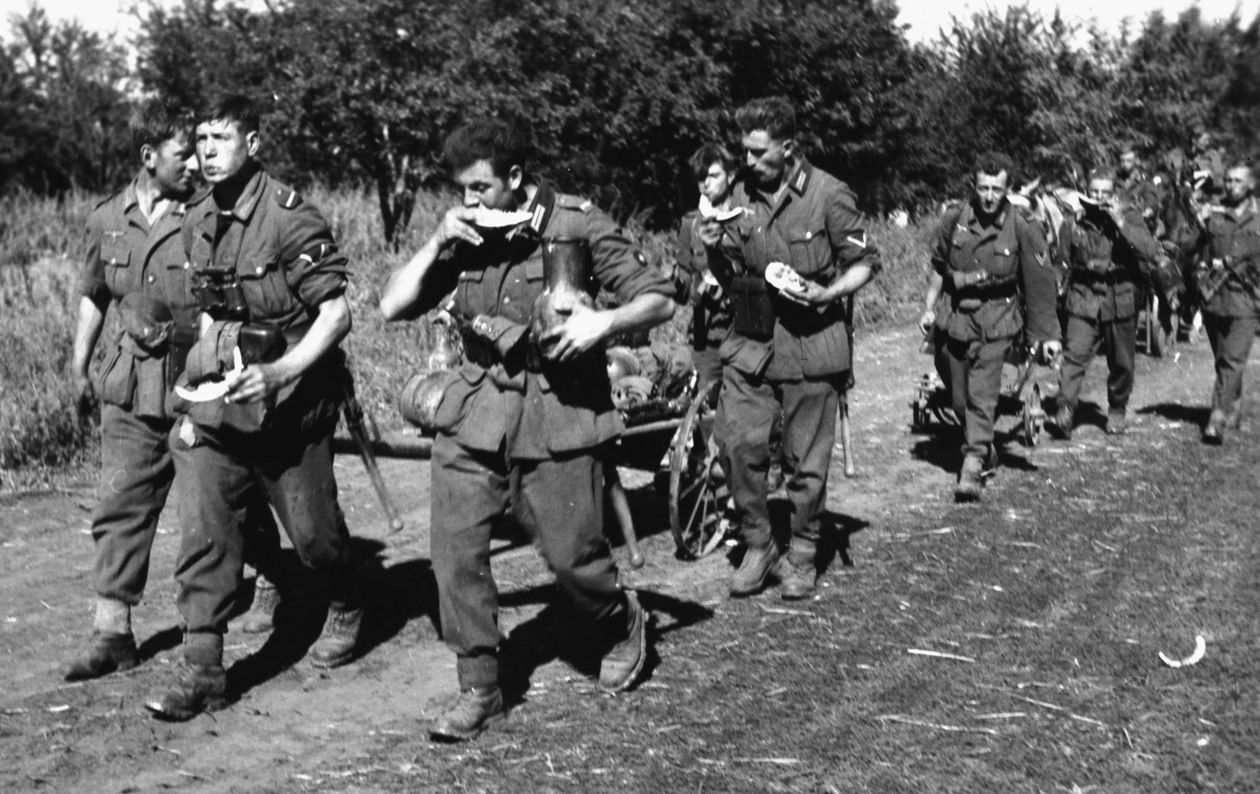
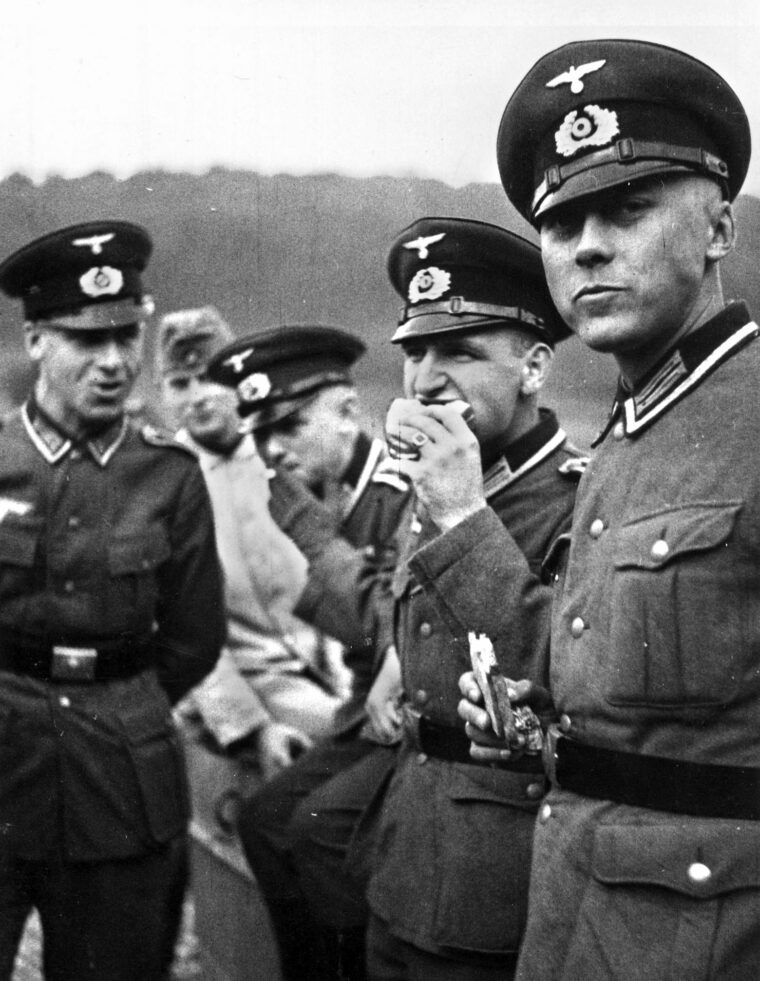
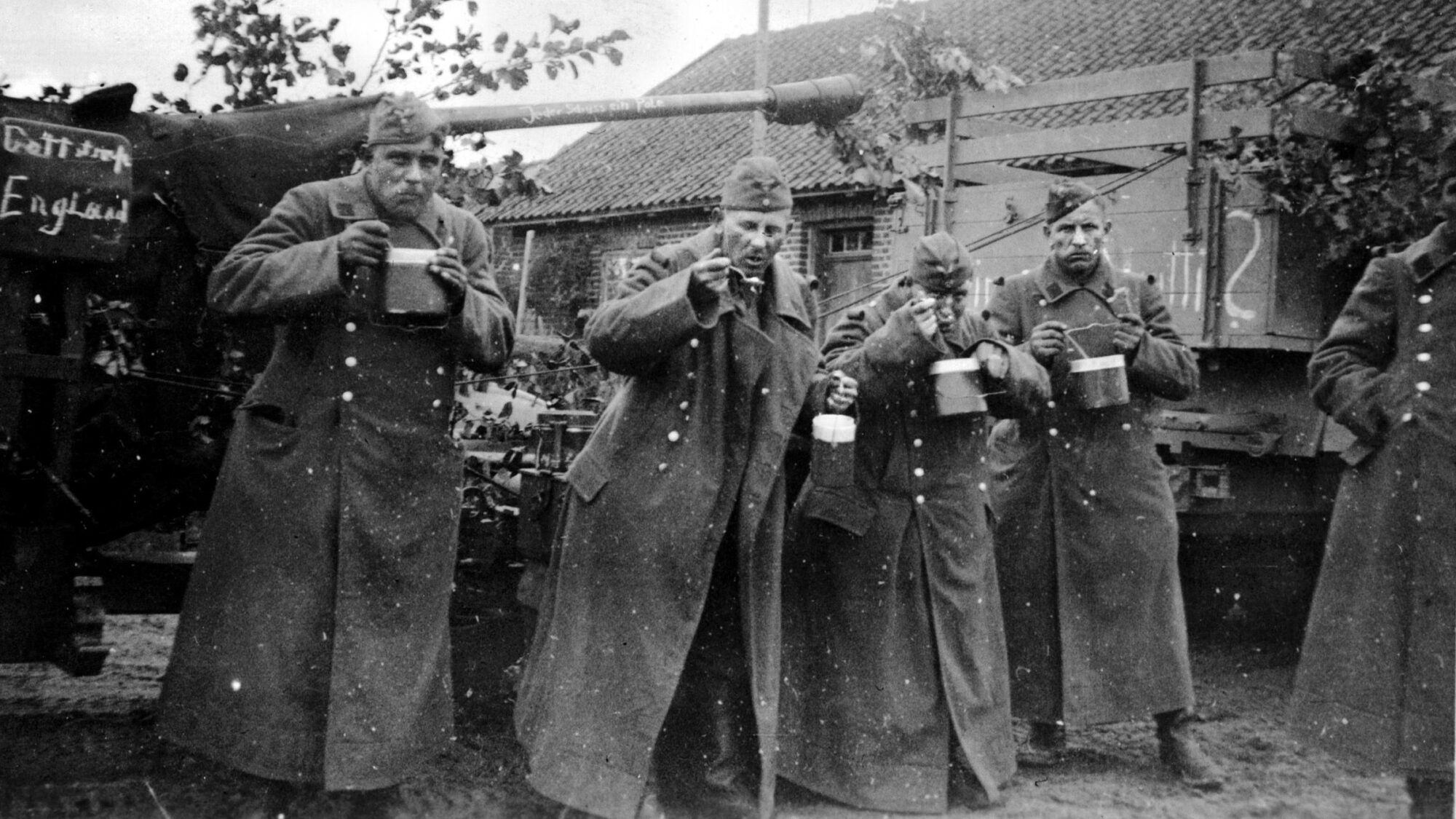
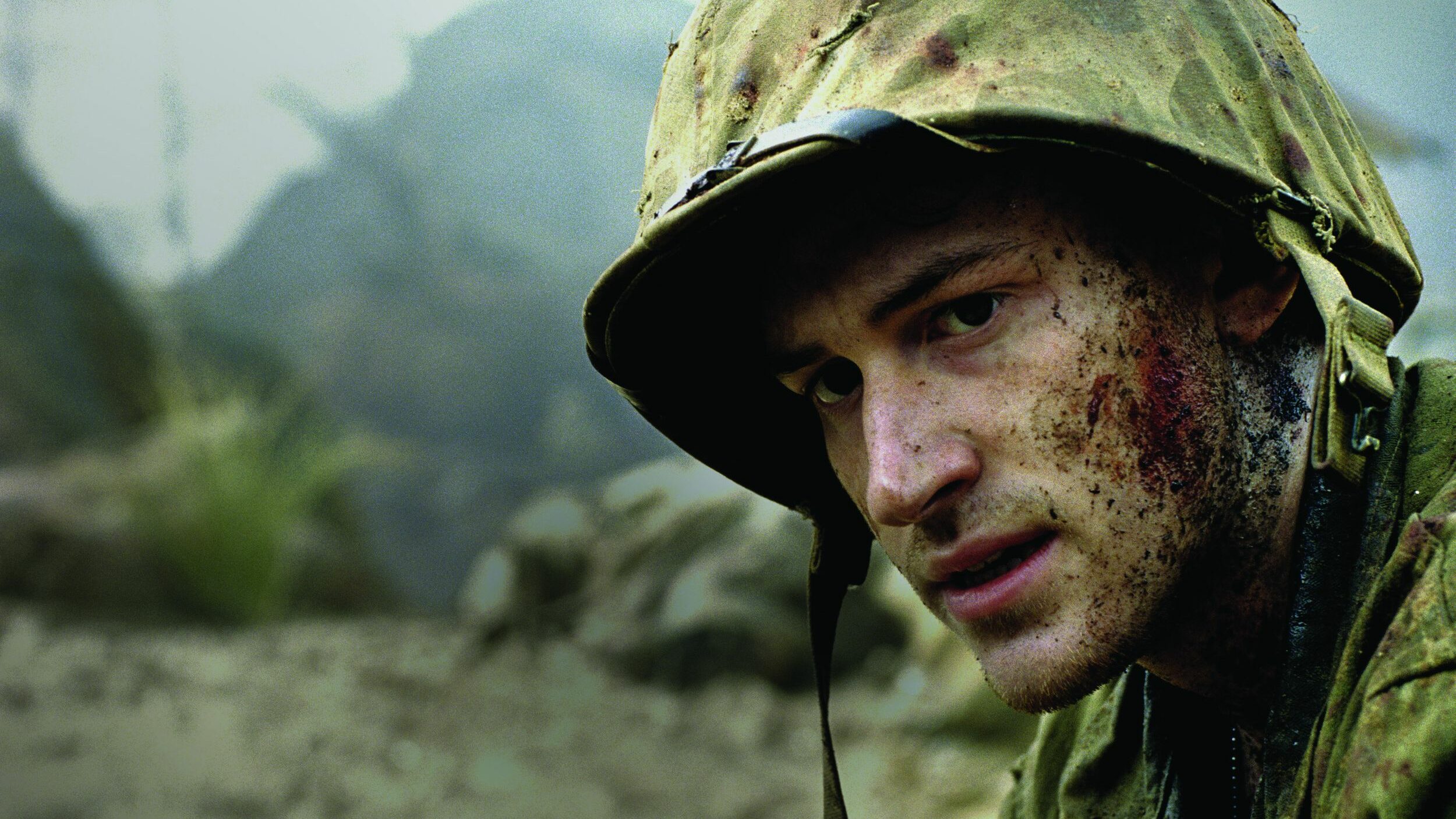
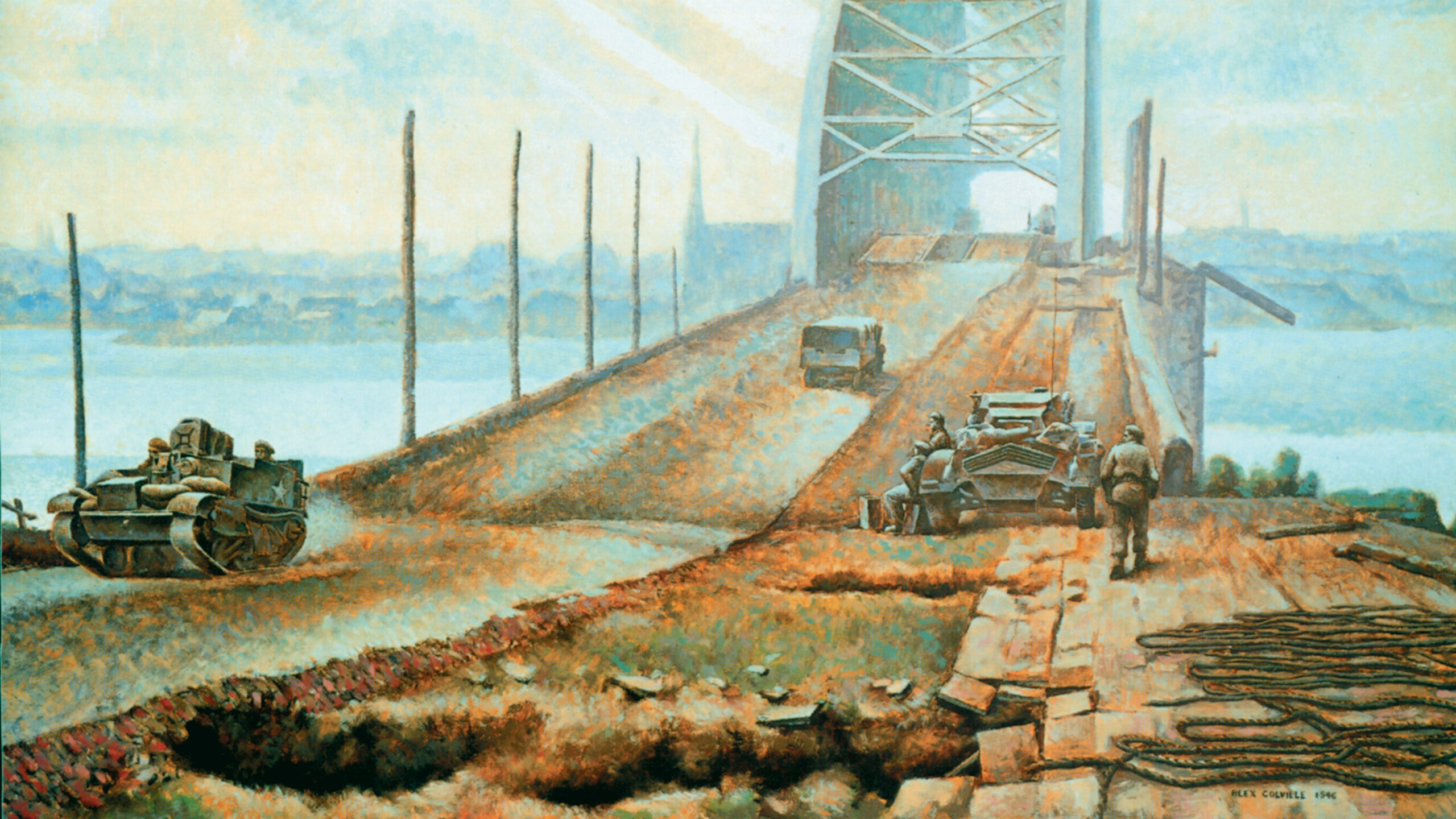
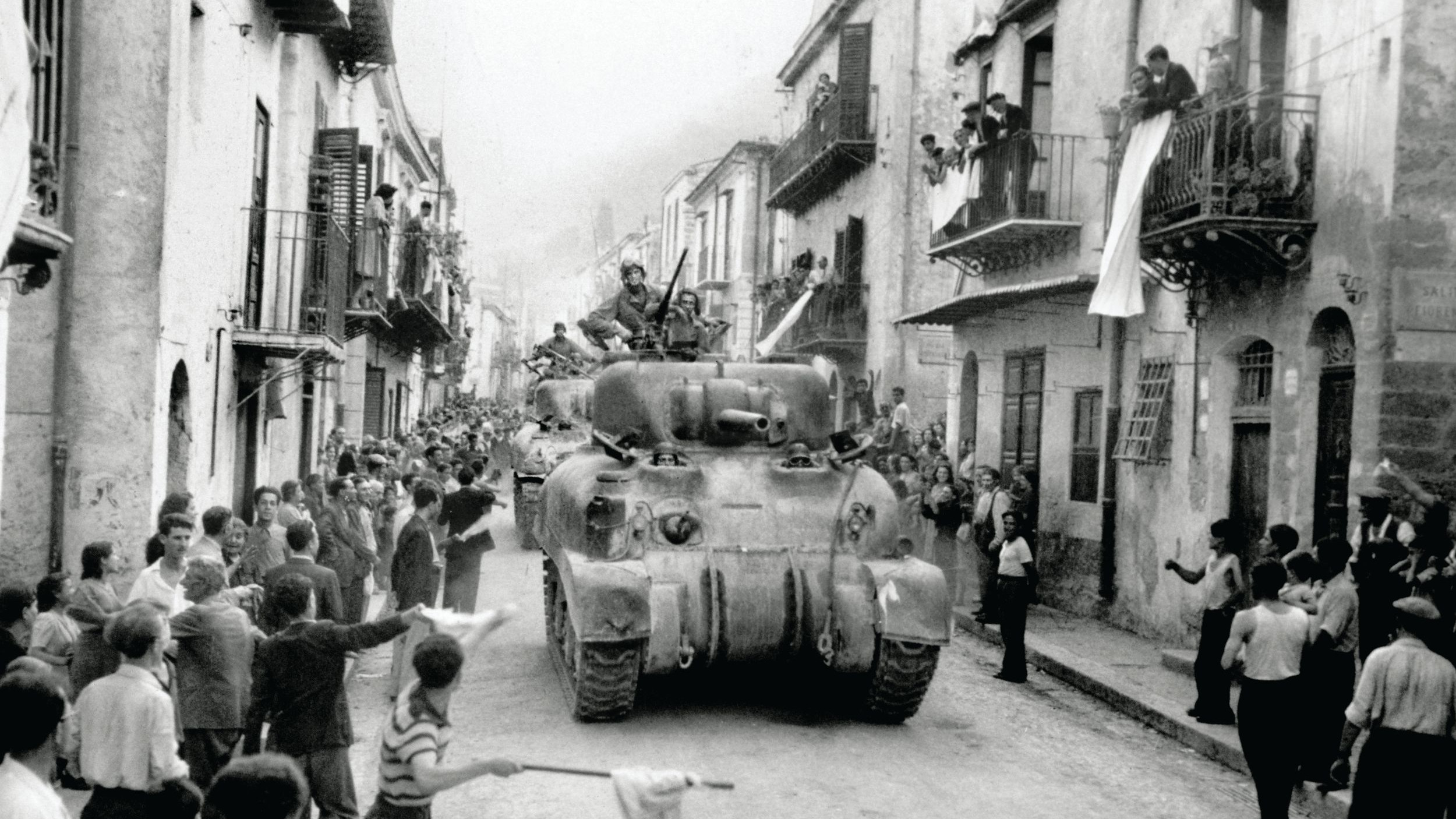
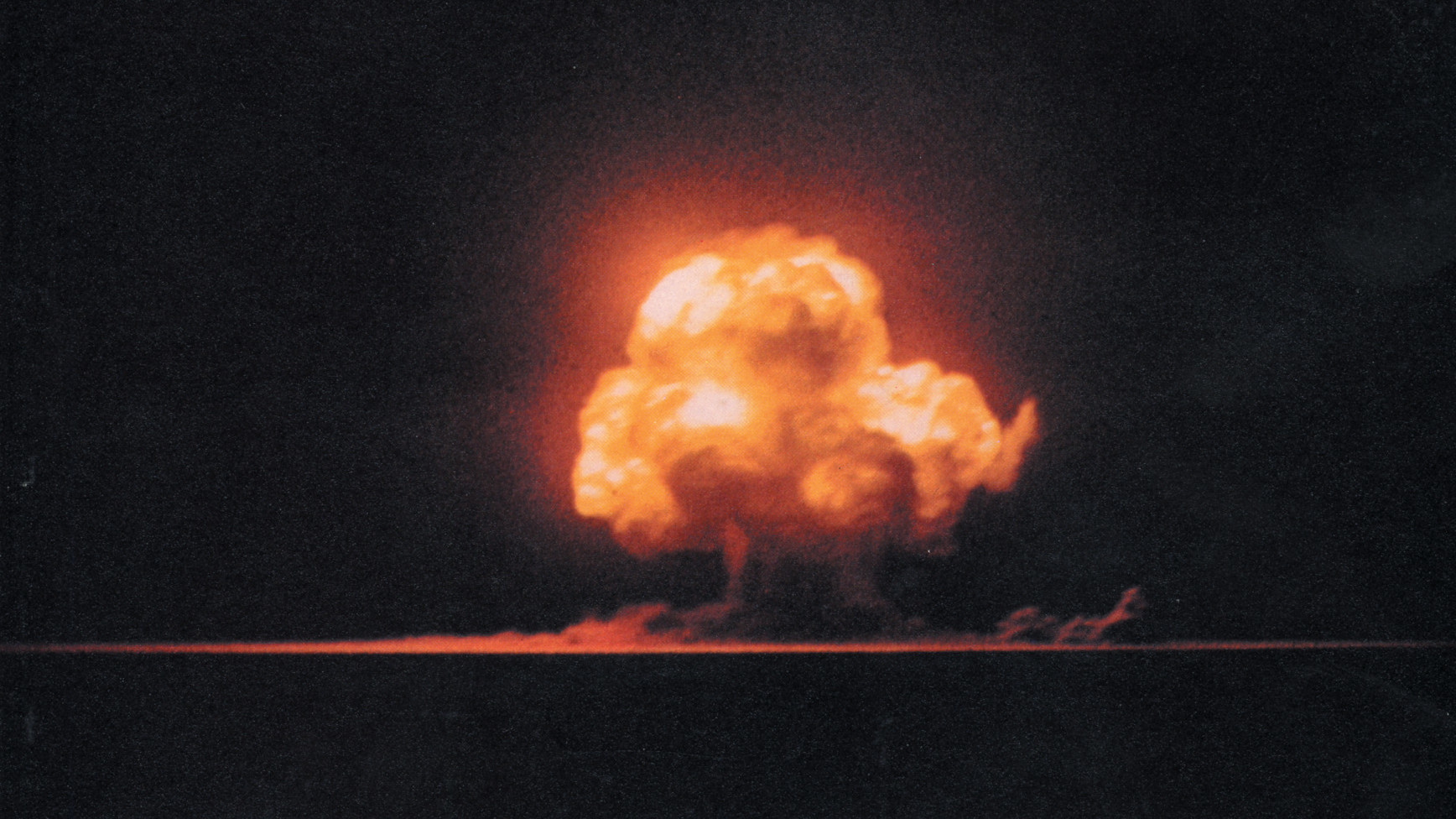
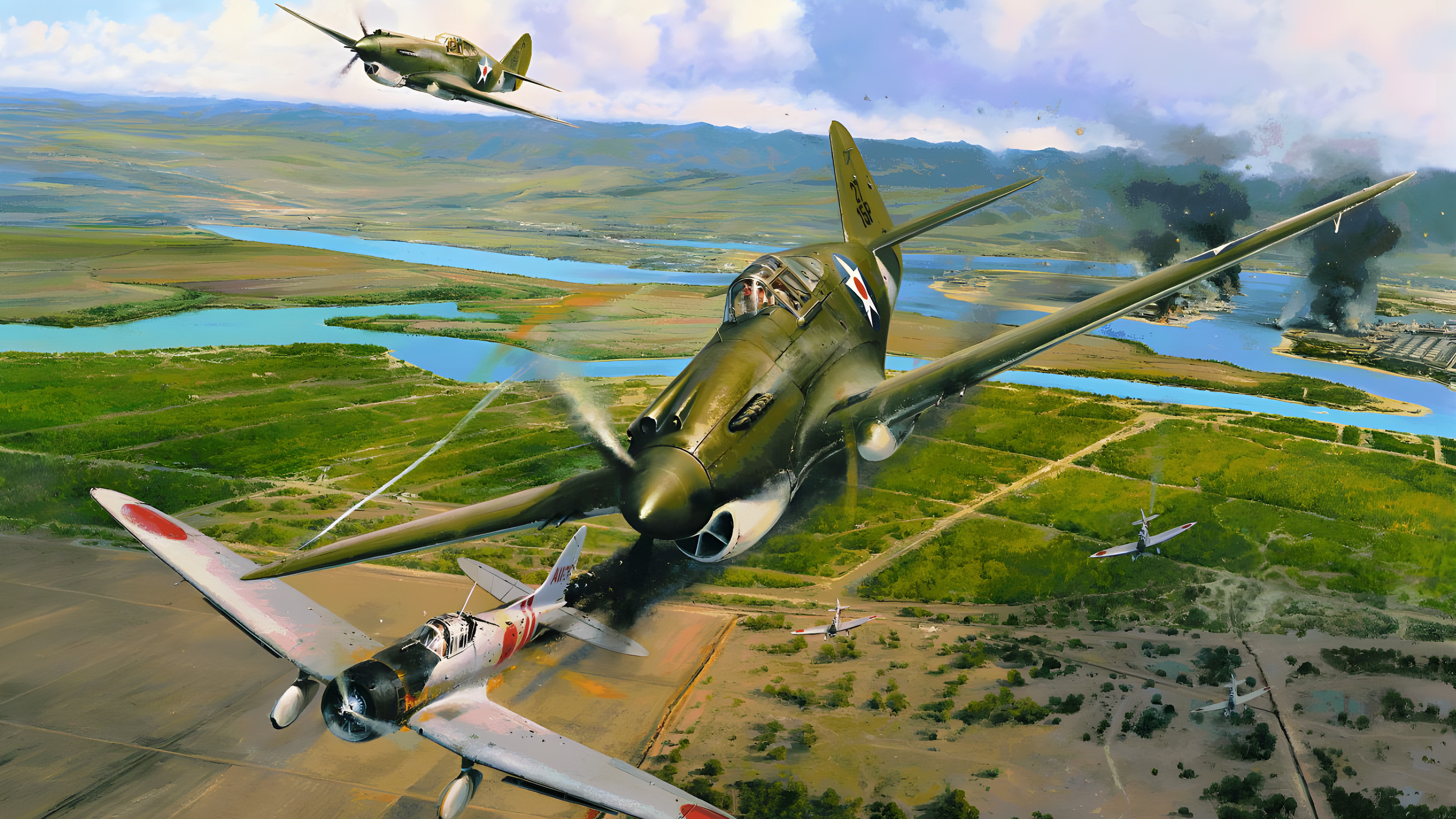
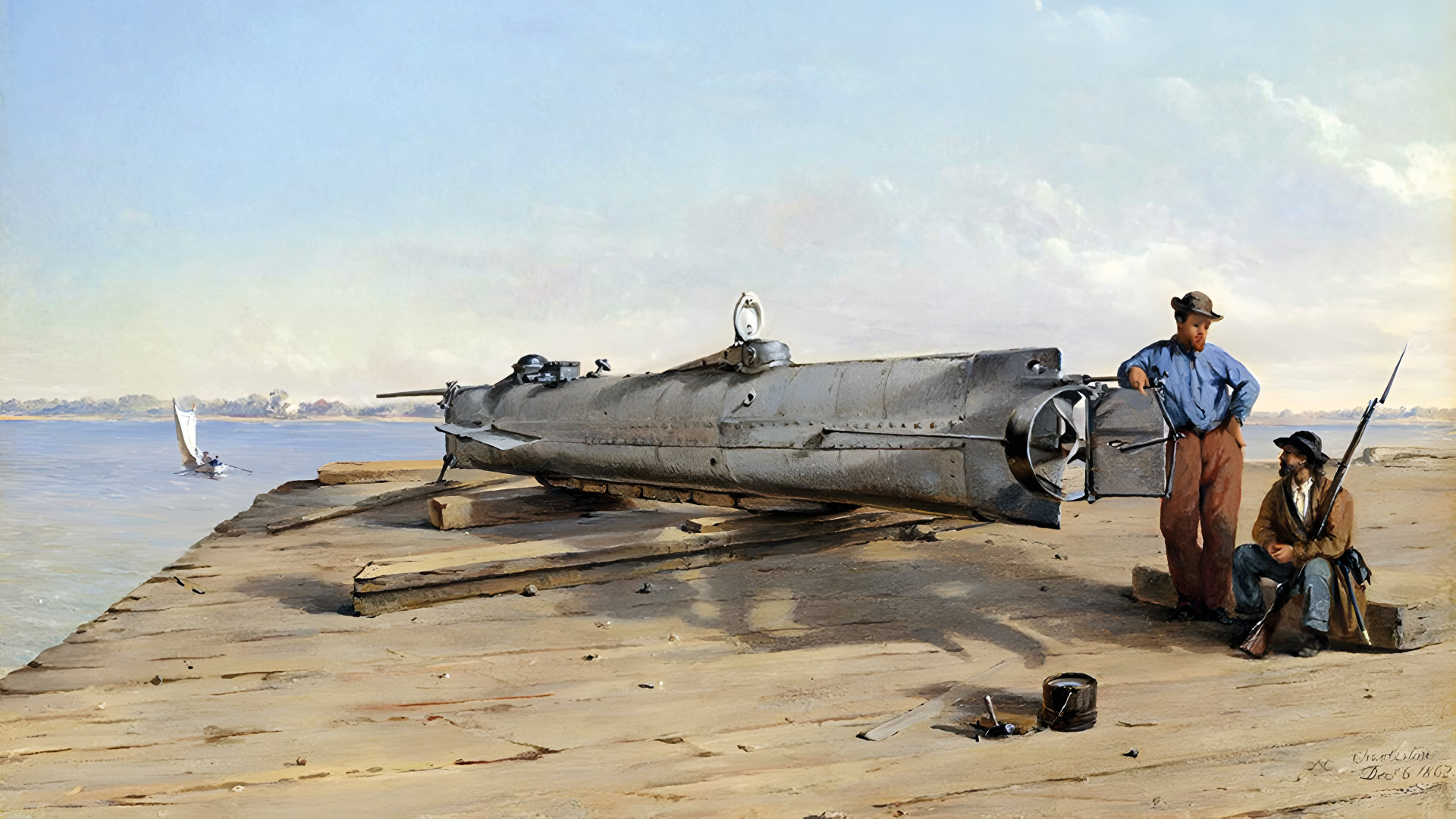
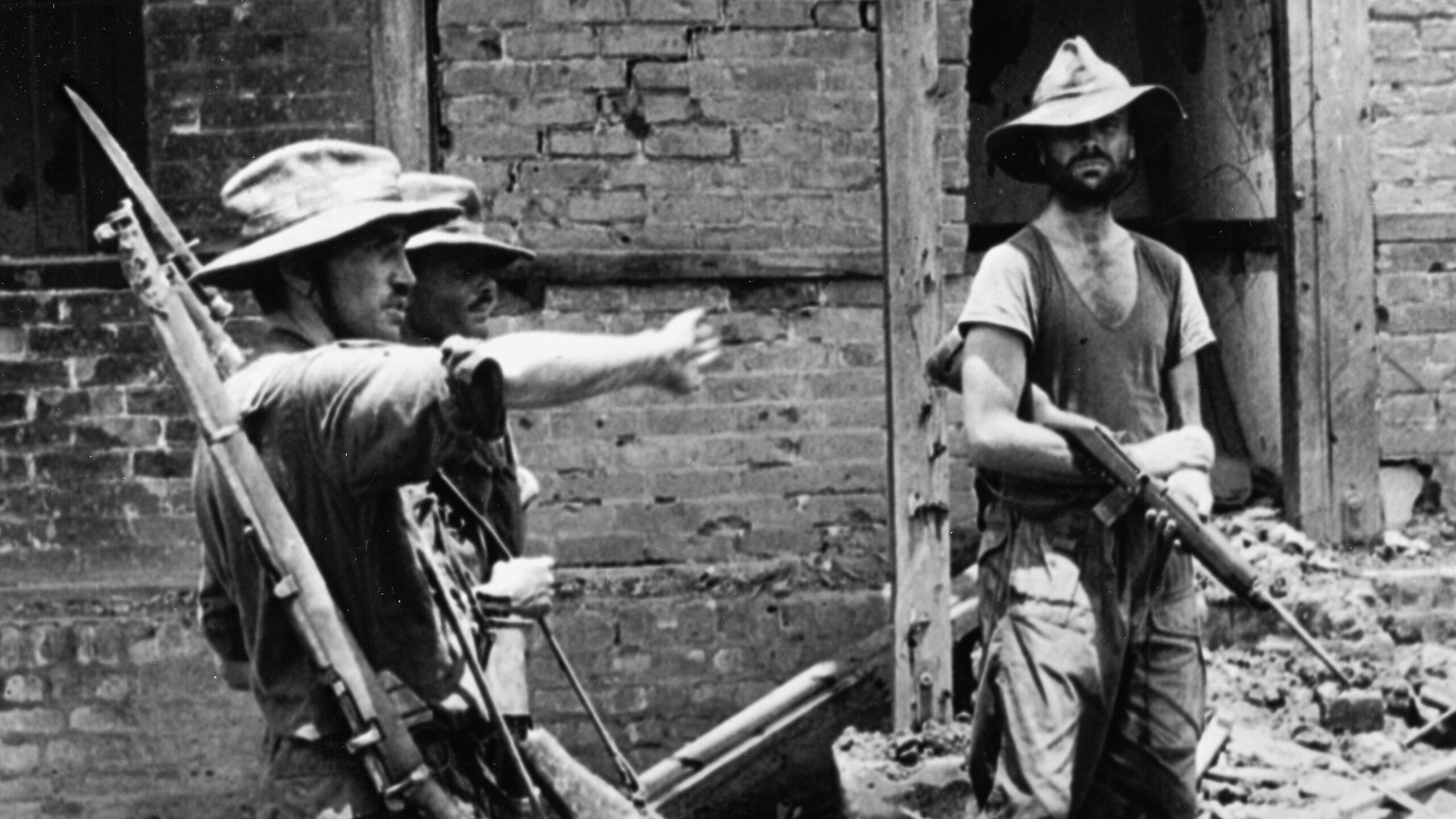
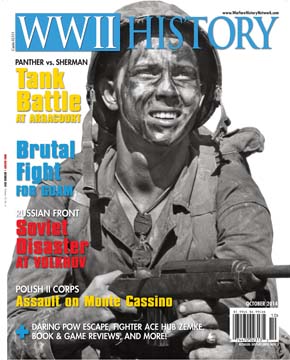
My dad said that his unit would over run warehouses that were packed with canned sardanas and packing plants that were packed with beef and pork. The problem the Germans had was they could not transport it or distribute it because there transportation system (roads and rail) had been destroyed.
I have never seen anything on pigs cows or chickens transported anywhere during ww2 it is odd and what is really odd is heinrich himmler came up with the Final solution and was close friends with richard walther darre the guy who was responsible for feeding the soldiers the only thing that the germans where hauling like cattle on trains were people the Final sulution
No it was Heinrich Muller and Adolf Eichmann who came up with the so-called final solution and Himmler put Reinhard Heydrich in charge of it. Himmler was always known as a scheming opportunist even before the war. But he knew nothing of war and was hopeless when put in overall charge at the end of the war that others had to take over for him.
Born and raised here German and like most German families had relatives in the war. Our family had members in all branches of the Wehrmacht, Waffen ss, allgemeine ss and the police.
By 1943 Germany had a hard time feeding troops let alone everyone else. Most soldiers had to find food themselves by 44-45 most had no food and had to scrounge. I have heard this from vets who were actually there not from books or tv shows.
Only Uboot crews had a steady supply of food. A little better if you were on the western or southern fronts but if you were in Russia after 43? Hitler basically gave those troops up. Most of Germany’s losses occurred on the eastern front and everyone had or has had family lost there.
I myself am a former German (modern PanzerWaffe) army officer and current police and army reservist.
The Kommissbrot deserves more than an honorable mention. Surpising it was missed in the article. It was a whole grain bread, made fresh from whatever grain was locally available. Very filling, and it is even sold in the US today as Mestemacher Fitness bread. Komiss was the short term for the military. It was baked in a square metall cannister and shoved into the field kitchen, just like loading a canon. With the stove pipe chimney it was the complete picture when the bread cans got pulled out of the field kitchen, its ovens looking just like the breach of a canon. Meat, like horse meat because the infantry used a lot of horse drawn wagons, was very frequent, and used in goulash and other soups and stew. Goulash uses a lot of Paprika, thus hid the taste of horse meat very well, my father told me. One last item that was missed but was the common staple, besides a slice of Kommissbrot, a can of blood-sausage. Blood-sausage had a high fat content, tons of calories and could be easily spread on the Kommissbrot, like liverwurst. The daypack that was carried on a belt and seen in many Hollywood films was called the Brotbeutel, and contained the day rations. Between the helmet and the broteutel, a German uniform could be easily identified even from afar.